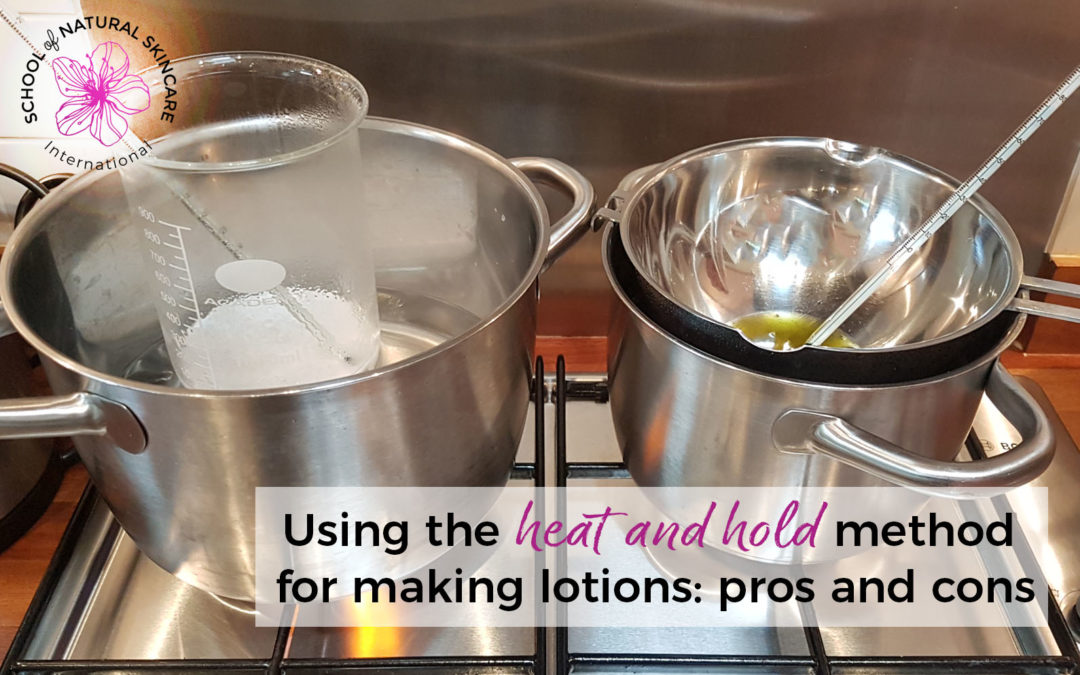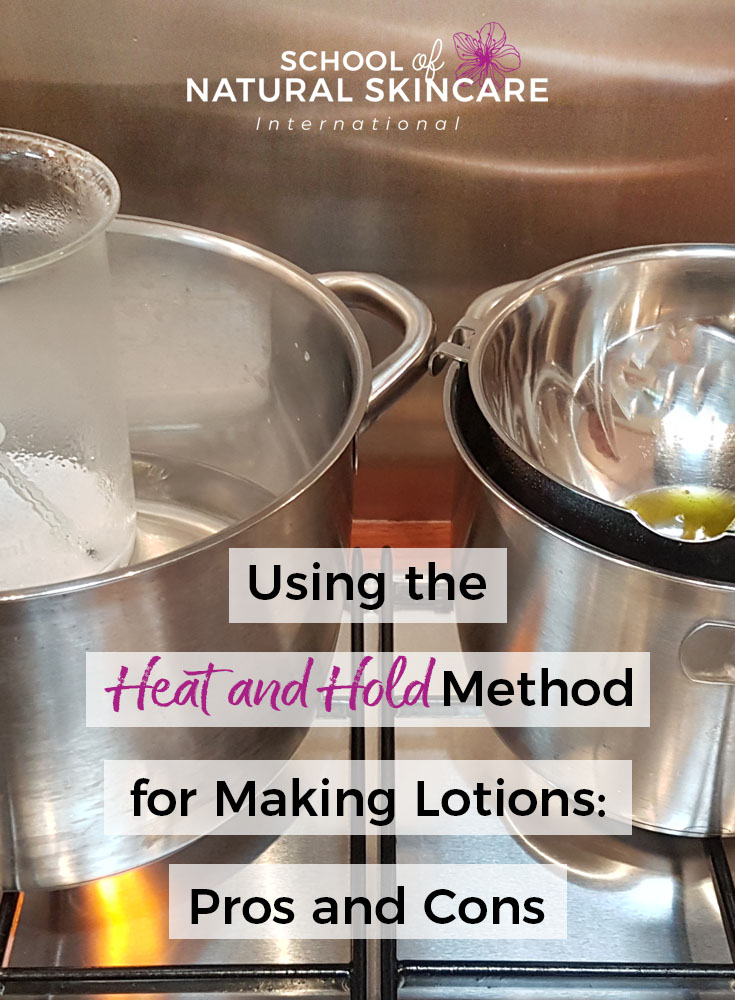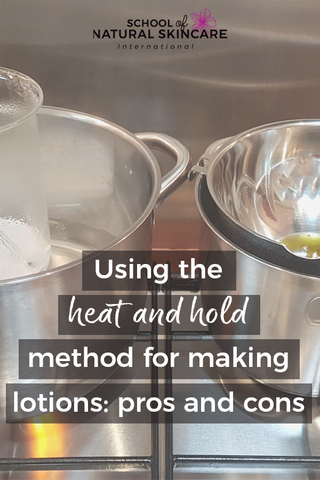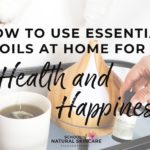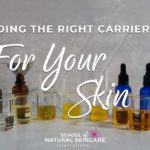When reading through cosmetic recipes or formulas for creams and lotions, some of them call for the ‘heat and hold method’ and some do not. This article will explore what the heat and hold method is, and the pros and cons of using it, to help you decide which process to follow.
Creams and lotions are emulsions that contain both a water phase and an oil phase. Unless the emulsion uses a cold-process emulsifier, both phases will need to be heated separately before they are combined. There is no debate here, this is simply the science of emulsification.
Where the heat and hold method is different is that it requires the oil and water phases to be separately heated to 70°C and held at that temperature for 20 minutes. After that period of time, the phases are mixed together to form an emulsion. Some people swear by this method, some say it is completely unnecessary. This difference of opinions can be very confusing for a beginner to making skincare. So, what to do? To heat and hold or not?
Effect of heating and holding on emulsion stability
Heating and holding will help ensure the size of the micelles in the emulsion are small, which is crucial for emulsion stability. Micelles are tiny spherical structures that originate from a mixture of oil and water when emulsifiers are added. Micelles range in size from 5 to 100 nanometers in diameter. The smaller they are, the more stable an emulsion they will form. If they get too big, they will start to coalesce (join together), which will eventually break down the emulsion and cause separation of the phases.
The beneficial effect of heating and holding is true for many commonly used emulsifiers, such as emulsifying wax, Polawax, Olivem 1000 or Xyliance. If you are using a polymeric emulsifier (eg Sepigel 305) or certain cold-process emulsifiers (eg Sucragel), there is no need to heat and hold your phases for emulsion droplet size stability. Another point on heating and holding: if you are using a professional homogenizer (such as Ultra Turrax) to create your emulsion, the high shear mixing will ensure the droplets are small enough, so heating and holding will not particularly improve the emulsion stability. If you are making an emulsion with kitchen equipment, such a stick blender, then there is an argument that heating and holding will assist with stability.
Effect of heating and holding on microbiological safety
Prolonged exposure to high temperatures will not sterilize your phases, but it will kill the vast majority of common microbial contaminants. Most of the possible contaminants of raw material live in the water phase, so heating and holding for sanitary purposes is especially beneficial for the water phase of the emulsion.
It is true that heating and holding will not destroy thermophilic and spore-forming bacteria, but they are not a very common contaminant in cosmetics. It is also true that heating and holding will not kill microbial toxins (enterotoxins and aflatoxins), but they are not an issue in topical use of the products to begin with.
Heating and holding will help to reduce the number of viable microorganisms in your product, but further steps (use of a preservative, following GMP, sanitizing equipment) are still needed to ensure the product’s microbial safety.
Even if your emulsifiers don’t require heating and holding, it’s still a good idea to heat and hold the water phase only, to improve the microbiological safety of it. This is arguably most important for people making products at home, where, unlike in a professional manufacturing facility, a micro count for each ingredient isn’t available. A micro count would make you aware of any contamination issues; without this it is better to take extra precautions.
Downsides of heating and holding
The main reason not to heat and hold is the fact that it is time and energy consuming. For small batches that is not a big problem, but when working with industrial-size batches, the energy consumption goes up very quickly, which means an increase in costs and and impact on how ‘green’ the manufacturing process is.
Also, holding the water phase at a high temperature for a longer period of time will mean more water will evaporate. To solve this issue, measure the weight of the water phase before heating and holding and write the number down. After heating and holding, measure the weight again and add distilled water (that was also heated or even boiled) at the amount that was lost during the process to the water phase prior to combining the phases.
Often people worry that heating and holding will damage the ingredients that are being used. Twenty minutes at 70°C will not cause substantial harm to oils (they do not oxidize that fast) or to hydrosols (they are subjected to greater temperatures for longer period of time during distillation process). Remember that if the formula contains ingredients that are very sensitive to heat, they would be added in the cool down phase anyway.
Pros:
- Better emulsion stability (not true for polymeric and cold process emulsifiers).
- Reduces the number of microbial contaminants.
Cons:
- Time consuming.
- Energy consuming (especially in larger batches).
- More water phase is lost due to evaporation (easily solvable).
We consulted experienced cosmetic chemists and microbiologists in the researching and writing of this article and the vast majority are in favour of the heat and hold method. There was a mixture of opinion of whether to heat and hold just the water phase or both the oil and water phases.
In the end, the decision whether or not to heat and hold is up to you, your formula, equipment and personal choice. Whether or not your choice was correct will be evidenced by the outcome of your preservative efficacy tests and stability tests.
The beginner’s guide to formulating natural skincare products (from scratch, like a professional)!
The essential foundation you need to help you start creating your own natural skincare products from scratch rather than simply following recipes!
Download this fabulous guide and you’ll learn:
- What formulating is and why you need to be doing it!
- The difference between following recipes and formulating your own products.
- How to formulate like a pro! Seven top tips for becoming a confident skincare formulator.
- Our step-by-step process to designing products people love.
- Four easy ways to personalize your skincare products.
- Choosing the right carrier oils for your beauty products.
PLUS: TWO FREE WORKSHEETS!
- Our Cheatsheet Download: How professionals design skincare products (taken from our Diploma in Natural Skincare Formulation).
- Our Safe Product Checklist: How to make sure the skincare products you create are safe and stable.
Love this blog post? Save this image below on Pinterest so you can be sure to remember!

